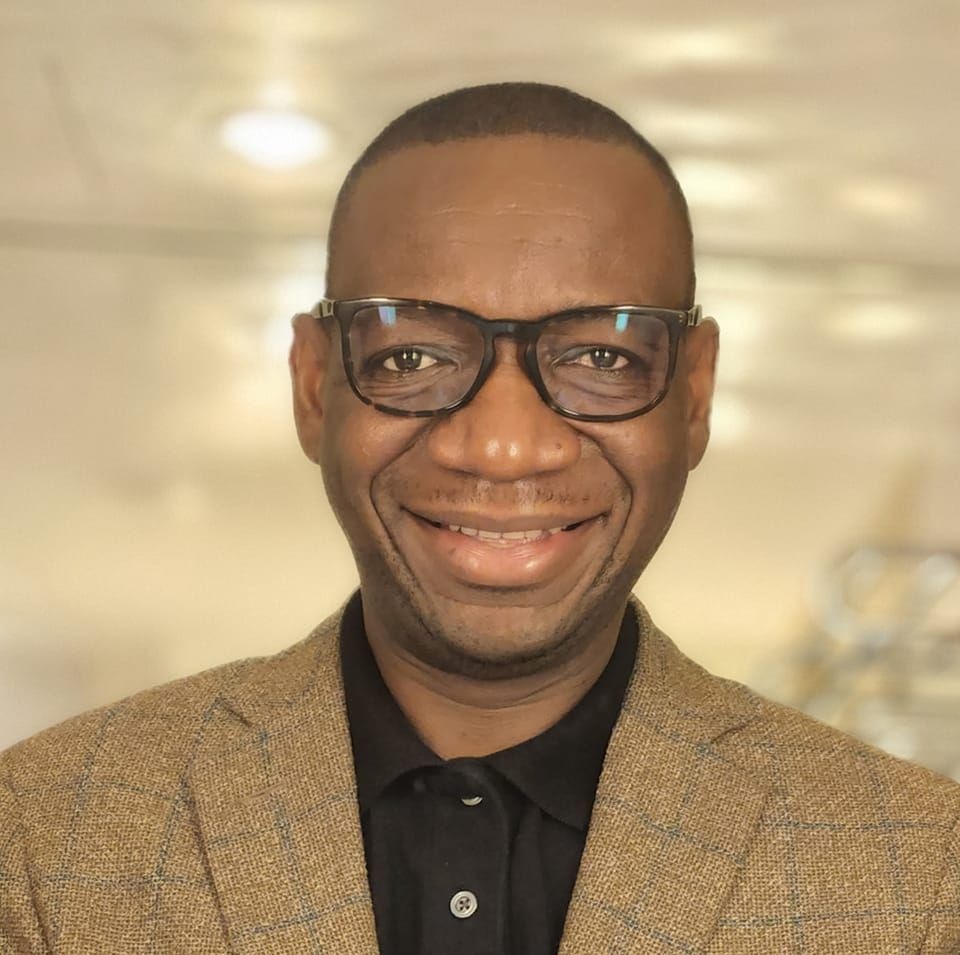Beyond IMF Prescription: Why Zambia and African Countries Need a Developmental State Approach
By Savior Mwambwa

As I was reviewing the most recent IMF’s latest Regional Economic Outlook for Sub-Saharan Africa released in October this year, I found myself wrestling with a familiar tension. The numbers tell a stark story: despite decades of orthodox reforms, Sub-Saharan Africa’s share of global manufacturing value added remains stuck at a mere 1.8% as of 2023, virtually unchanged since the 1970s. While the report celebrates orthodox reforms and pushes for continued fiscal tightening, my experience in Zambia tells a different story.
The IMF holds up Zambia as a reform success story, particularly praising our energy subsidy reforms which saved about $800 million annually. Yes, these measures bring stability – but stability alone won’t transform our economies. When I look at their projected leap from 2.3% growth in 2024 to 6.6% in 2025, I can’t help but question: How can we achieve such ambitious growth without fundamental changes to our economic structure, especially when our manufacturing sector contributes just 7.5% to GDP?
Learning from East Asia’s Success
The more we study successful economic transformations, particularly in East Asia, the clearer it becomes: market liberalization alone isn’t enough. The numbers are compelling: South Korea increased its manufacturing value added from 16% of GDP in 1965 to 29% by 1988 through strategic state intervention. Similarly, Malaysia’s manufacturing sector grew from 12% to 24% of GDP between 1970 and 1990. These achievements dwarf Africa’s modest gains – something conspicuously absent from the IMF’s prescriptions.
A Three-Pillar Strategy for Transformation
In my analysis, successful transformation requires three fundamental pillars, backed by clear evidence:
First, we need strategic industrial policy. Zambia’s copper sector illustrates the opportunity: we export 90% of our copper raw, yet refined copper commands a 20-30% price premium. By developing downstream industries, we could capture an additional $2-3 billion annually in value addition. Our agricultural sector, employing 48.5% of our workforce but contributing only 2.8% to GDP, desperately needs value chain development.
Second, we must reimagine our development finance architecture. The financing gap is clear: Africa needs $130-170 billion annually in infrastructure investment alone, according to the African Development Bank. Yet our pension funds, with assets under management exceeding $350 billion across Africa, invest less than 1.5% in infrastructure. Development banks providing patient capital could transform this landscape.
Third, and perhaps most crucial, we must invest in our people. The skills mismatch is severe: while 45% of African employers cite inadequate skills as a major constraint, only 4% of African youth are enrolled in technical and vocational programs, compared to 21% in East Asia. Our spending on R&D remains below 0.5% of GDP, versus 2-4% in successful developmental states.
Navigating Challenges and Opportunities
The opportunities before us are significant. The African Continental Free Trade Area (AfCFTA) could boost intra-African trade by 52% by 2022, adding $70 billion in value. Global demand for critical minerals, including copper, is projected to quadruple by 2040. Digital transformation could add $180 billion to Africa’s GDP by 2025.
Yet I’m not naive about the challenges. Our infrastructure gap ($130-170 billion annually), high debt service costs (consuming 50% of government revenues in some countries), and limited fiscal space (tax-to-GDP ratios averaging 16.5% versus 34% in OECD countries) require innovative solutions.
Charting Our Own Path
While I value the IMF’s focus on macroeconomic stability, the evidence demands we look beyond their traditional prescriptions. Studies show that successful developmental states maintained growth rates of 7-8% for extended periods through strategic intervention. Countries like Ethiopia have shown this is possible in Africa, maintaining 9.5% average growth for a decade (2010-2020) through state-guided industrialization.
The journey ahead won’t be easy. But continuing our current path promises little transformation – the World Bank projects that at current rates, it would take the average African country 160 years to reach today’s high-income status. The time for bold, strategic action is now.
Consider this: East Asian economies took 25-35 years to transform from low to high-income status through strategic state intervention. With the right policies and commitment, why couldn’t African countries achieve similar results? We must take the lead in charting our development path, learning from successful experiences while adapting to our unique contexts.
I end with two reflection points for us that I believe serve as a good starting point for moving to implementing and actioning this vision; What do you think about this evidence-based approach? How can we build the necessary political consensus and technical capabilities to implement such strategies effectively?
